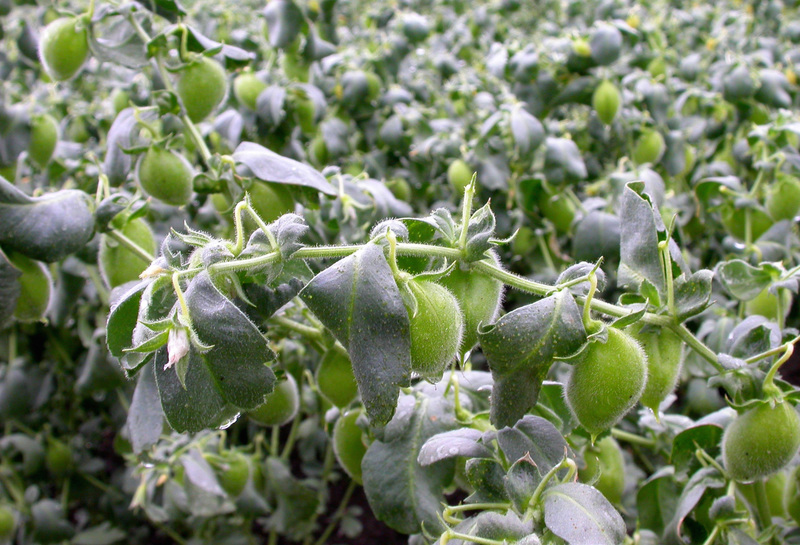
Industry
Canada is one of the largest exporters of pulses in the world, exporting 80% of production. Pulses, or grain legumes, produced in Canada for export include dry beans, peas, lentils and chickpeas. In 2016, the export value of the pulse industry was $4.1 billion, shipping to 124 countries (AAFC, 2017). While most of the pulse acres have been concentrated in the prairie provinces, lately there has been increased interest in the development of these high-value crops in Eastern Canada. Eastern producers are also well-positioned geographically, with easy proximity to the European markets. ECODA and our partners are providing knowledge on how pulses diversify land base, improve sustainability, reduce risk and provide incremental economic rewards.
Recent studies in Eastern Canada have looked at intercropping with peas primarily due to additional challenges with establishment and growth of lentils and chickpea. Regionally, the challenge with growing some of these pulse crops is the tendency for these crops to lay down or lodge, which decreases product quality, increases incidence of disease and is challenging when it comes to harvest. Intercropping with an upright crop such as a brassica, has many benefits, the most obvious being that the intertwining of the crop maintains the pulse plant in an upright position throughout the season and into harvest. Intercropping has been shown to increase productivity not only mechanically but also through reduction of pest impacts and optimized use of available nutrients, light and water.
Research focus
The ECODA pulse research outcome targets a recommended pea intercrop that delivers a land equivalent ratio (LER) of greater than one, and therefore a higher economic return per acre versus a single crop, in a single rotation year. This recommendation will also be based on high market potential and export value as well as improved soil health over the entire rotation of our agricultural lands.
ECODA trials will be examining the intercropping of commercial pea varieties with both camelina, a new novel crop with food, feed and industrial uses, as well as with mustard, an established brassica crop in Eastern Canada.
ECODA’s pulses projects are listed on the Current Research page.
